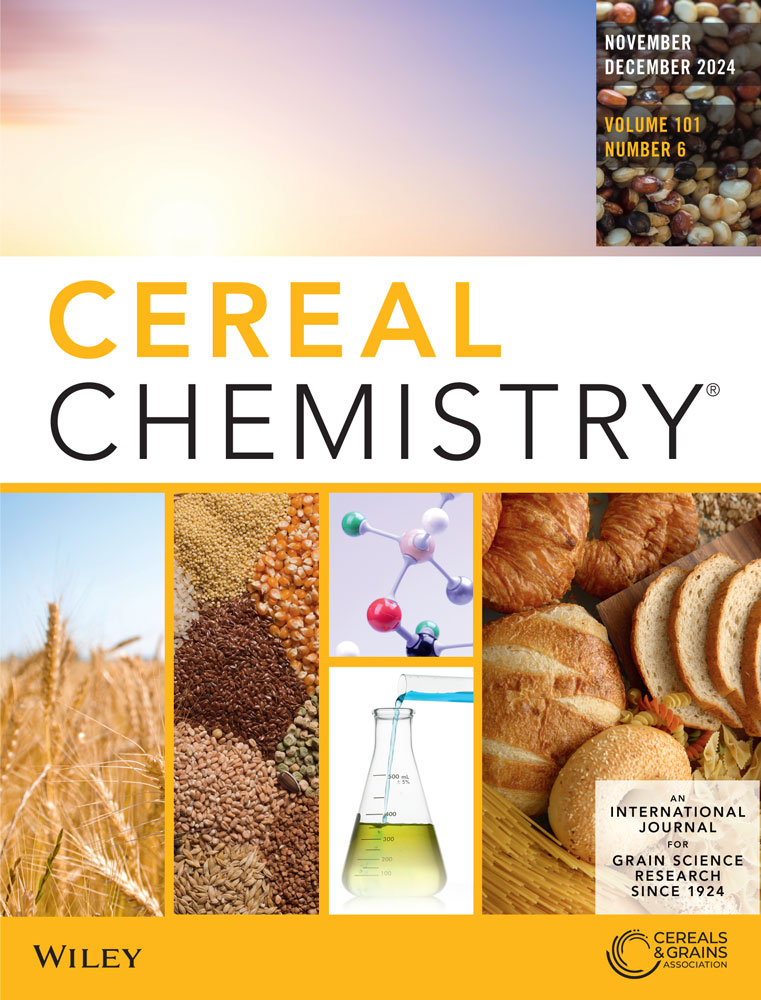Comparative analysis of different carrier agents on functional, structural, and thermal properties of spray-dried probiotic Lactobacillus casei powder
Abstract
Background and Objectives
The aim of this study was to investigate the effect of incorporation of different plant-based polysaccharides (pectin, maltodextrin (MD) and gum arabic (GA)) with pea protein isolate (PPI) to obtain maximum encapsulation efficiency (EE), gastrointestinal (GI) stability and yield of probiotic Lactobacillus casei through spray drying. Several characteristics of encapsulated vegan probiotic powders were evaluated including functional, structural, and thermal characteristics.
Findings
The results showed that the highest EE (93.9%) and in vitro GI stability (8.58 log CFU/mL) was obtained with the powder encapsulated with PPI + GA. Variation in particle size was observed for all the samples. Confocal laser micrographs and vital staining revealed the highest viability of probiotic L. casei cells that were obtained with those encapsulated in PPI + GA. Thermal properties showed that the incorporation of GA increased the glass transition temperature up to 189.2°C, which represented a higher thermal stability of the powder.
Conclusions
PPI + GA coated powder was found with acceptable powder characteristics and maximum probiotic survivability.
Significance and Novelty
In this study, spray drying was used to encapsulate the probiotic bacteria which is a convenient and effective process for industrial applications. Characterization of the spray-dried encapsulated probiotic powder has been done, which helps to understand the behavior of powder in terms of solubility, flowability, thermal stability, and probiotic viability. PPI was used as carrier material, which bridges the gap between already available spray-dried products containing MD as carrier material, which could spike blood sugar levels if consumed over an extended period of time. As per the results, target product applications could include sports bars, cereals, and baking where dispersibility is not imperative.

 求助内容:
求助内容: 应助结果提醒方式:
应助结果提醒方式:


